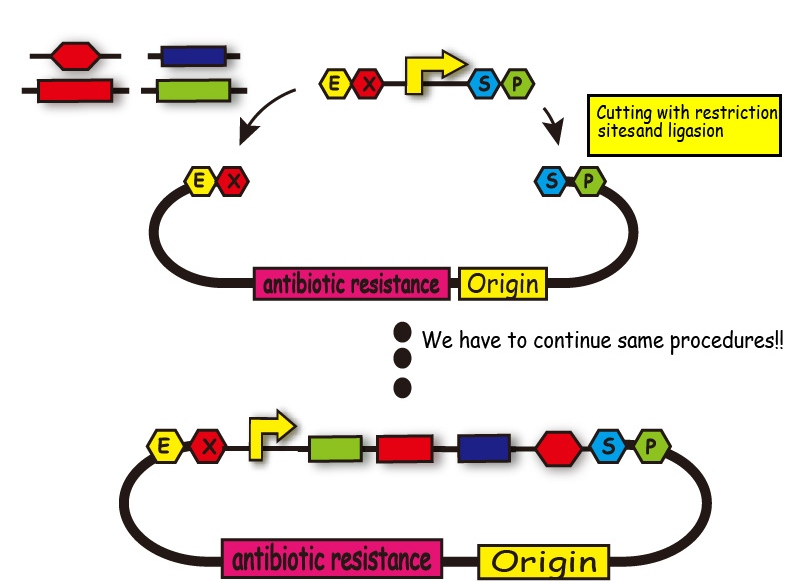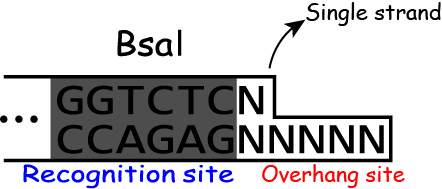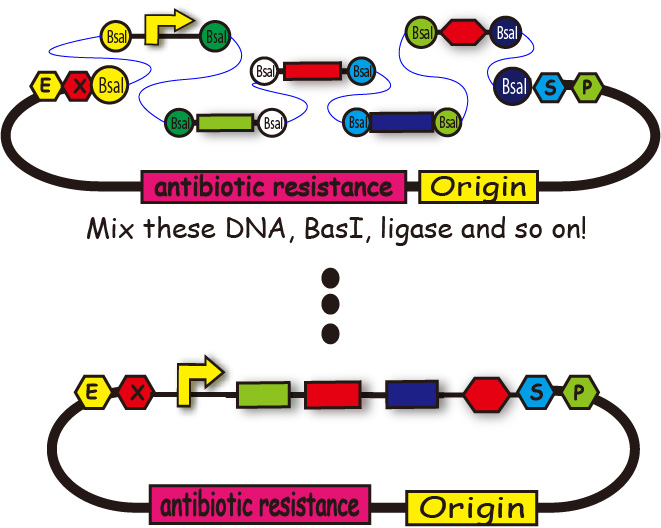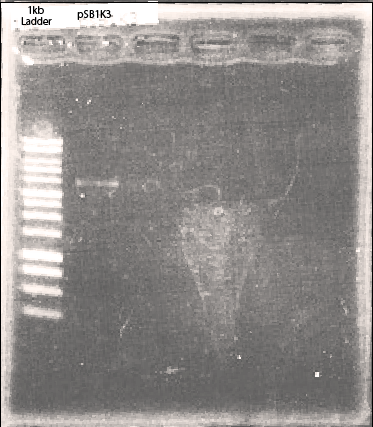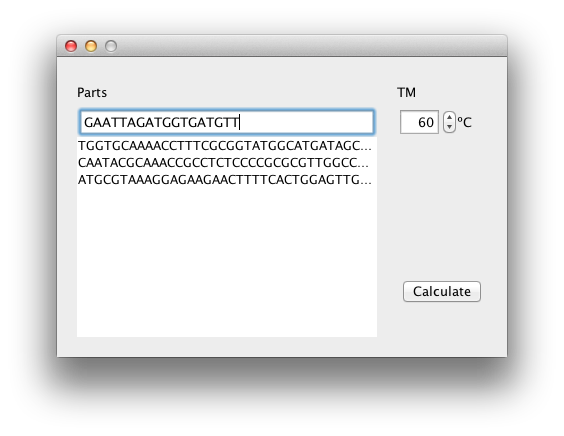Template:Kyoto/Project/GoldenGate
From 2012.igem.org
Contents |
BioBricks are useful for us because we can look for required BioBrick parts from their registry and recombine genes easily. When we want to introduce many parts into one plasmid, however, we have to repeat the process; restrict enzyme digestion and ligation. It takes us too much time and sometimes we lose time for other experiments.
We want to reduce the time required for the recombination of genes and get time for verification of the expression and the effect of genes.
Golden Gate assembly is one of the ways to make it possible.
Some teams like 2011 WHU-China have used this assembly. But they didn't seem to spread Golden Gate Assembly through other iGEM teams. So, we created plasmid backbone parts [http://partsregistry.org/Part:BBa_K797013 "BBa_K797013"] to make it easier to use Golden Gate assembly.
We also created software which designs primers for Golden Gate assembly.
What's Golden Gate Assembly
Golden Gate Assembly is developed by Carola Engler, Ramona Gruetzner, Romy Kandzia and Sylvestre Marillonnet.[2]
This method enables us to introduce plural gene segments into one plasmid all at once.
Golden Gate Assembly takes advantage of the characteristic restrict enzyme "BsaI".
Most restrict enzyme cuts its own recognition sites.
But BsaI recognizes the sequence "GGTCTC"(Figure 1) and cuts downstream of the recognition site as shown in the Figure 2.
And BsaI activity is independent of the sequences of the downstream of the
recognition site.
Restrict enzyme digestion and ligation are completed by just one PCR because once DNA is cut and ligated irreversibly, the recognition site of BsaI disappears. We create the segments which have complementary ligation sites so that we can introduce plural DNA segments into one plasmid at the same time and arrange them in the way we like. (Figure 4) Learn more about [http://www.plosone.org/article/info%3Adoi%2F10.1371%2Fjournal.pone.0005553 Golden Gate Assembly].
Plasmid backbone [http://partsregistry.org/Part:BBa_K797013 BBa_K797013]
Before we started assembly, we had to make proper gene segments for Golden Gate assembly. The DNA segments we created had four bp for ligation, one base pair spacer, BsaI recognition sites and four base pair at the both ends.
We amplified plasmid backbone(psB1K3).
After amplification, we assembled these DNA segments referring to the protocol.(See the part of Golden Gate Assembly)
After we confirmed this part has the restriction cites and restriction enzyme cutting sites of BsaI. After this, we mixed DpnI with enzyme-treated plasmid and conducted ligation. Other iGEM teams can use this backbone plasmid for their Golden Gate assembly.
Golden Pass
We created software which design primers to create DNA segments for Golden Gate assembly. This software gives you the sequences of primers when you input the sequences of the parts and melting temperature.
How to use
- input the sequences of the parts starting from 5' terminal
- set melting temperature
- click the "calculate"
[http://igemkyotogoldenpass.appspot.com/ Use the web version of GoldenPass...]
We created the plasmid backbone [http://partsregistry.org/Part:BBa_K797013 BBa_K797013] and software to design primers for Golden Gate assembly. They make it easier to use Golden Gate assembly. We want other teams to use this parts and software to use precious time efficiently.
[1][http://www.ncbi.nlm.nih.gov/pubmed/18985154 Carola Engler, Romy Kandzia, Sylvestre Marillonnet.(2008) "A One Pot, One Step, Precision Cloning Method with High Throughput Capability" PLoS ONE 3(11), e3647.]
[2][http://www.ncbi.nlm.nih.gov/pubmed/19436741 Carola Engler, Ramona Gruetzner, Romy Kandzia, Sylvestre Marillonnet.(2009) "Golden Gate Shuffling: A One-Pot DNA Shuffling Method Based on Type IIs Restriction Enzymes" PLoS ONE 4(5), e5553. doi:10.1371/journal.pone.0005553 doi:10.1371/journal.pone.0003647]
 "
"
